Changes in customer-facing positions have increased an issue called “tipping fatigue.” Many Americans have noticed that they’re being asked to tip in more places than just restaurants.
The conflict has sparked a tumultuous debate online and challenged the increasing prevalence of service workers asking for a handout for what many people think is undeserved.
Evolution of Tipping in America
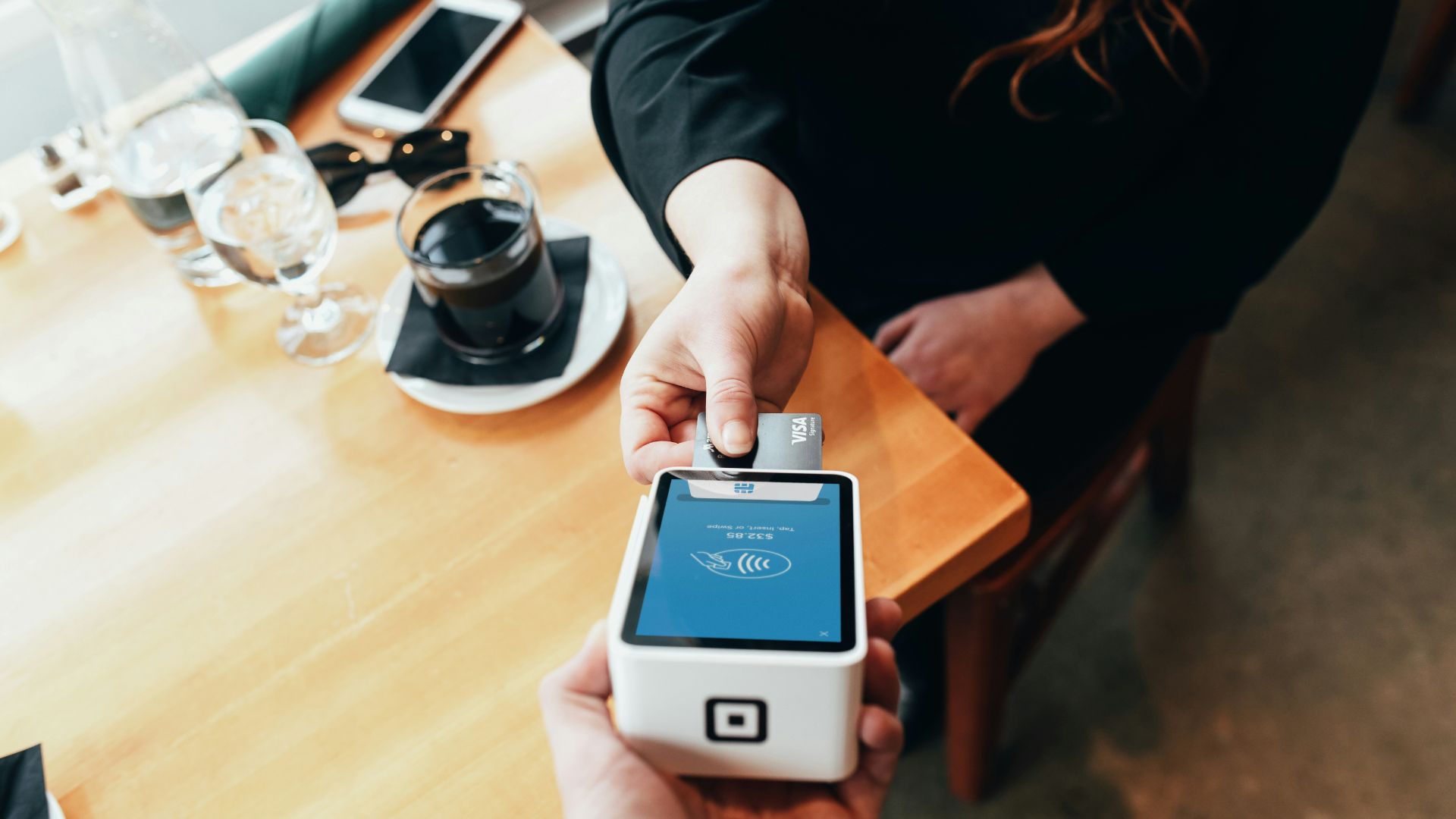
Before the pandemic, tipping was normal for a number of positions that went out of their way to make your experience personalized. Jobs like servers at sit-down restaurants, movers, or valet would be rewarded for the physical demand of their position on top of getting to know their customers and going the extra mile.
Over time, it seems like tipping has extended into every facet of daily life. The rise of food delivery and ride-sharing services that pay workers low wages increased the instances of employees relying on a tip to make a full wage.
Modern Expectations
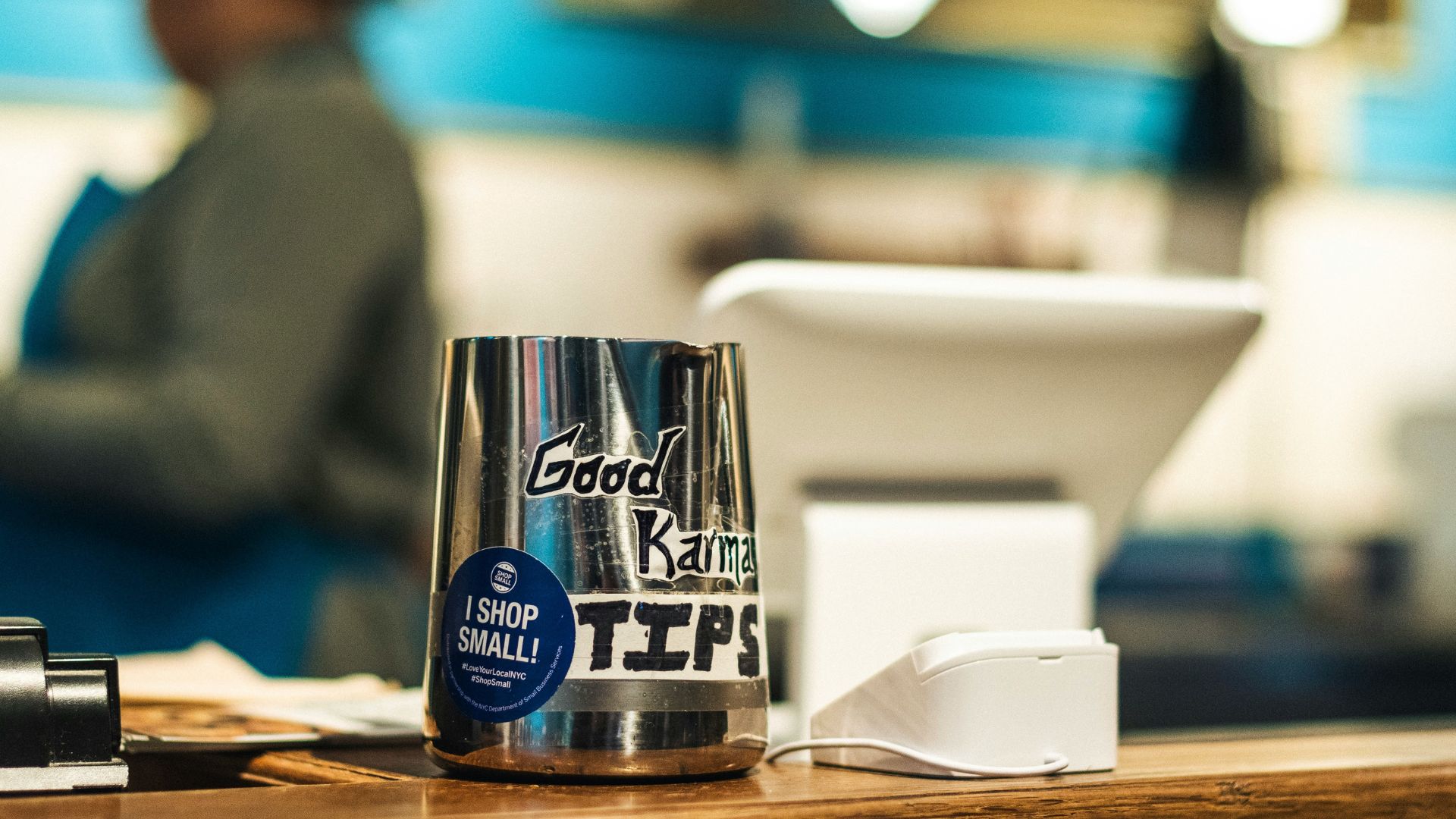
Now, in a post-covid world, tipping seems to be the standard for almost any service. From grabbing a coffee at a drive-through to getting a haircut, consumers are forced to overthink their spending habits at every turn.
The practice has caused many customers to get fed up. The added financial pressure of supplementing the income of every service worker has driven some people to the point of boycotting tipping altogether.
Increased Frequency of Tipping Expectations
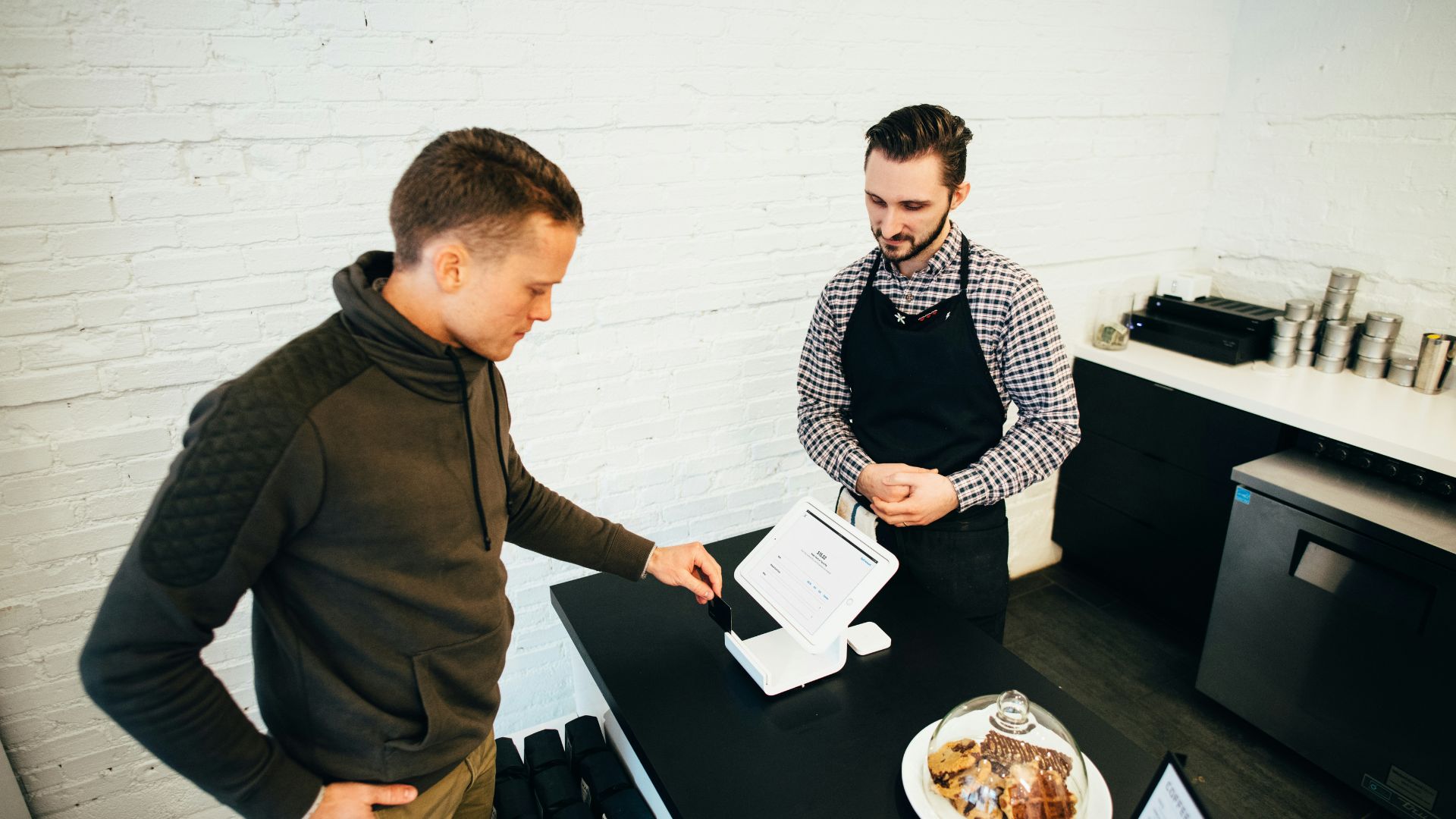
One of the primary complaints from most people fed up with overtipping is the request to tip at drive-throughs or when ordering food at a counter.
The age-old practice of rewarding an excellent server with a good tip has spilled over into every food service sector. Many people think that just because food is involved, doesn’t mean that the staff deserve a tip.
Why Tipping Isn’t Always Necessary
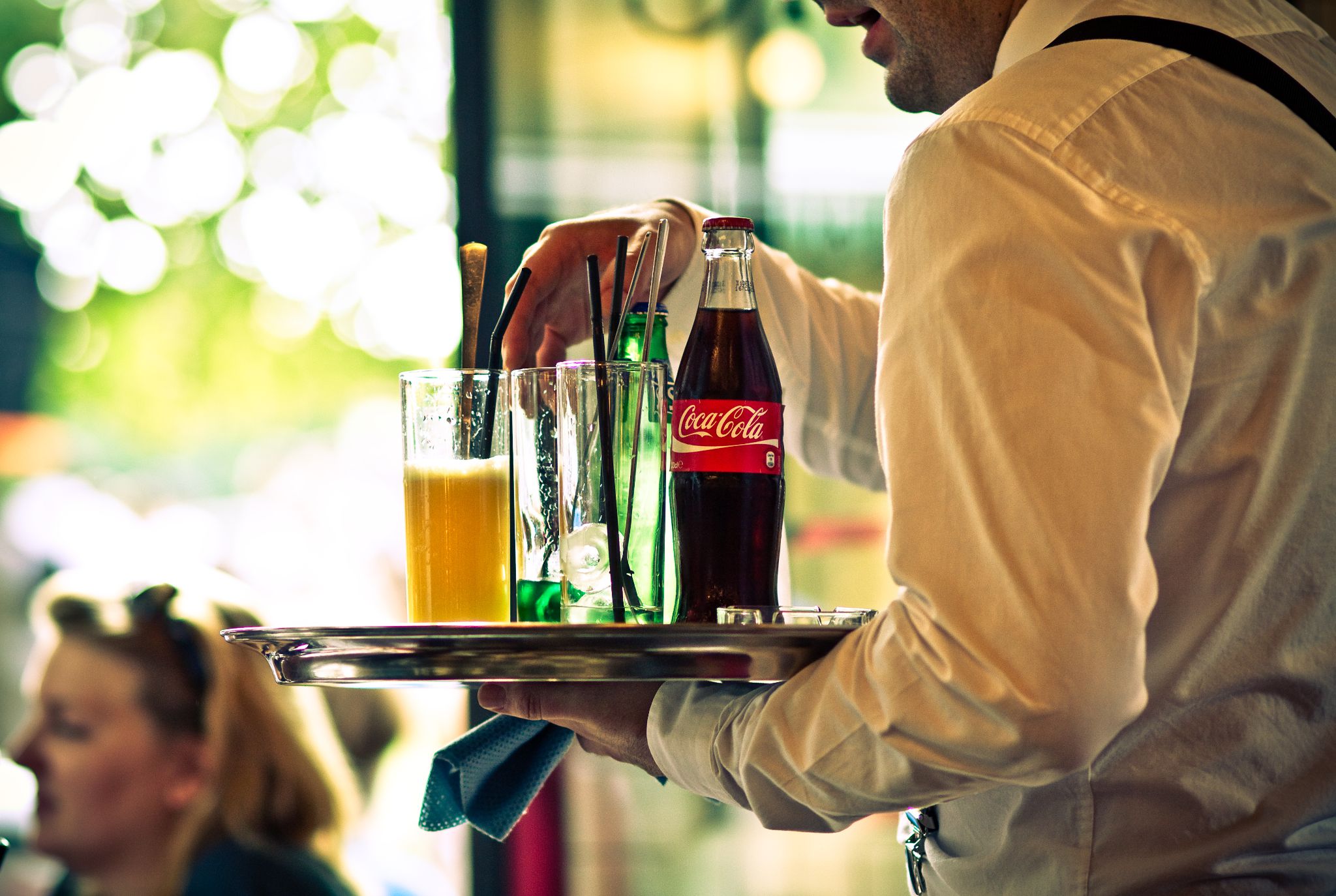
The practice of tipping waiters was once a necessary tool. In America, wait staff who serve alcohol usually make far less than the standard minimum wage. To supplement the loss of their income, tipping was added to give wait staff a reason to go above and beyond for their guests.
The reason that tipping is not necessary at fast food, drive-throughs, or other food establishments is that the staff is likely making minimum wage or higher, so there is no need for customers to supplement their income, especially when the interactions are short or the employee is not doing anything outside of their usual job functions to make your experience better.
Tipping Amounts Have Gotten Higher
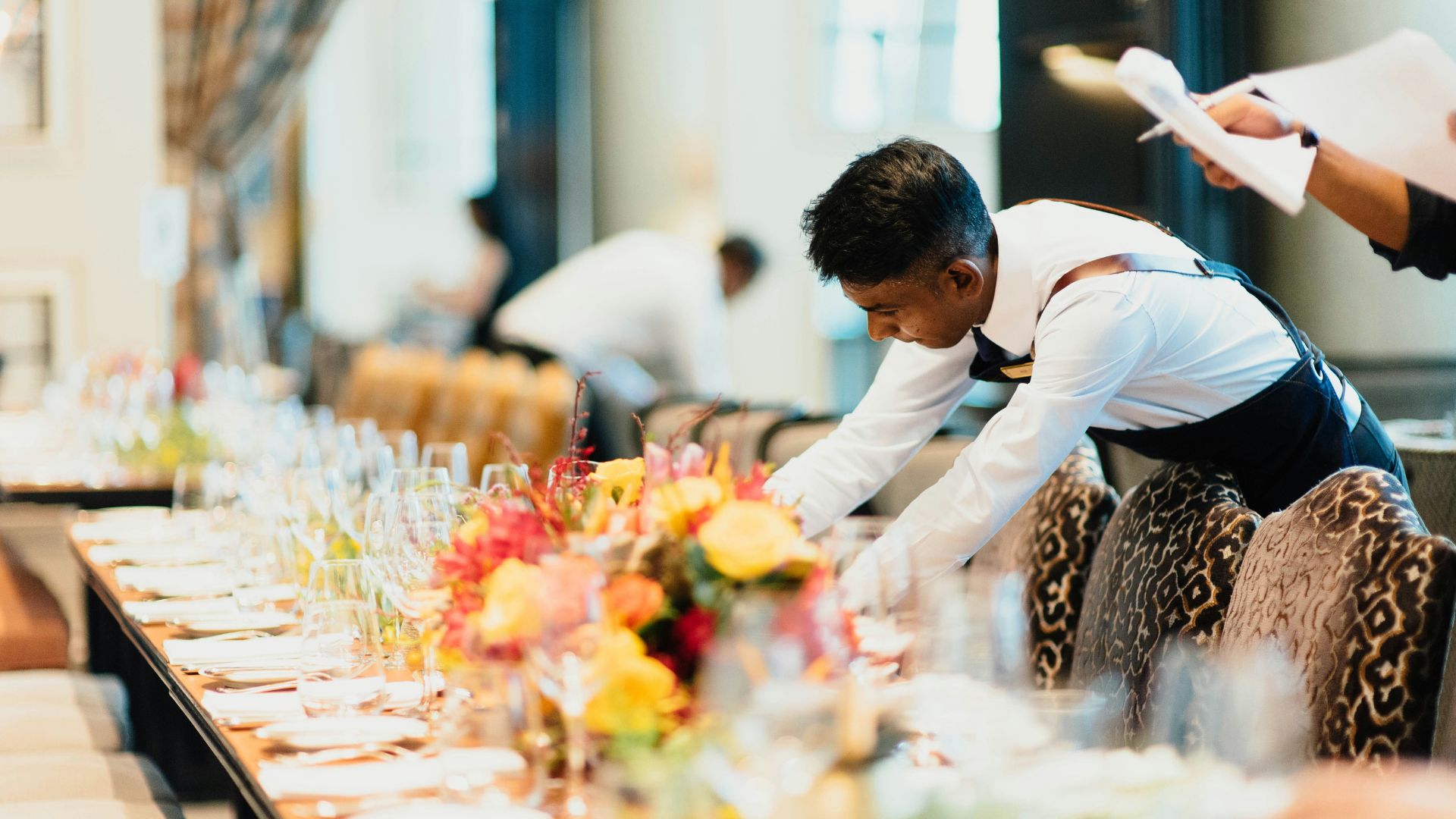
Not only have the types of places asking for a tip increased, but the average percentage asked is also becoming outrageous.
Many customers have noticed that when buying a small coffee, they’re often prompted with an extremely high tip for low effort. Numbers like 20 to 30% have become the norm on iPad screens, causing a growing sense of frustration for customers who feel like they are being conned into paying more for no benefit.
Feeling Pressured Into Leaving a Tip
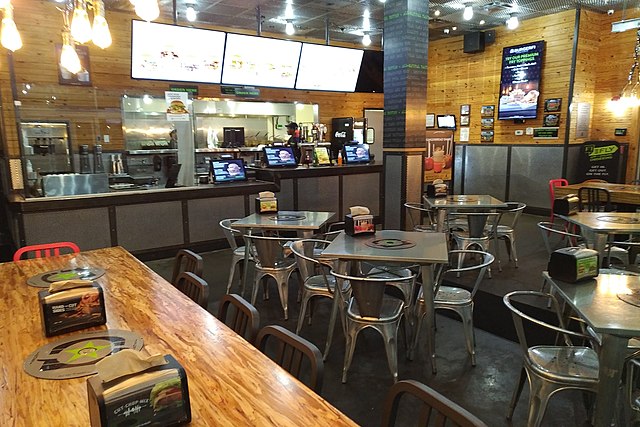
Wikimedia
The crux of the issue is feeling social pressure and guilt to leave a tip. We all know the feeling of the dreaded iPad swirling around and asking for a generous tip on a small item. The employee standing right behind can leave the customer with a sense of social pressure to leave money, even when the tip has not been earned.
Many customers say that they have reverted to carrying around cash for small purchases to avoid this exceedingly uncomfortable situation.
Financial Strain for Consumers
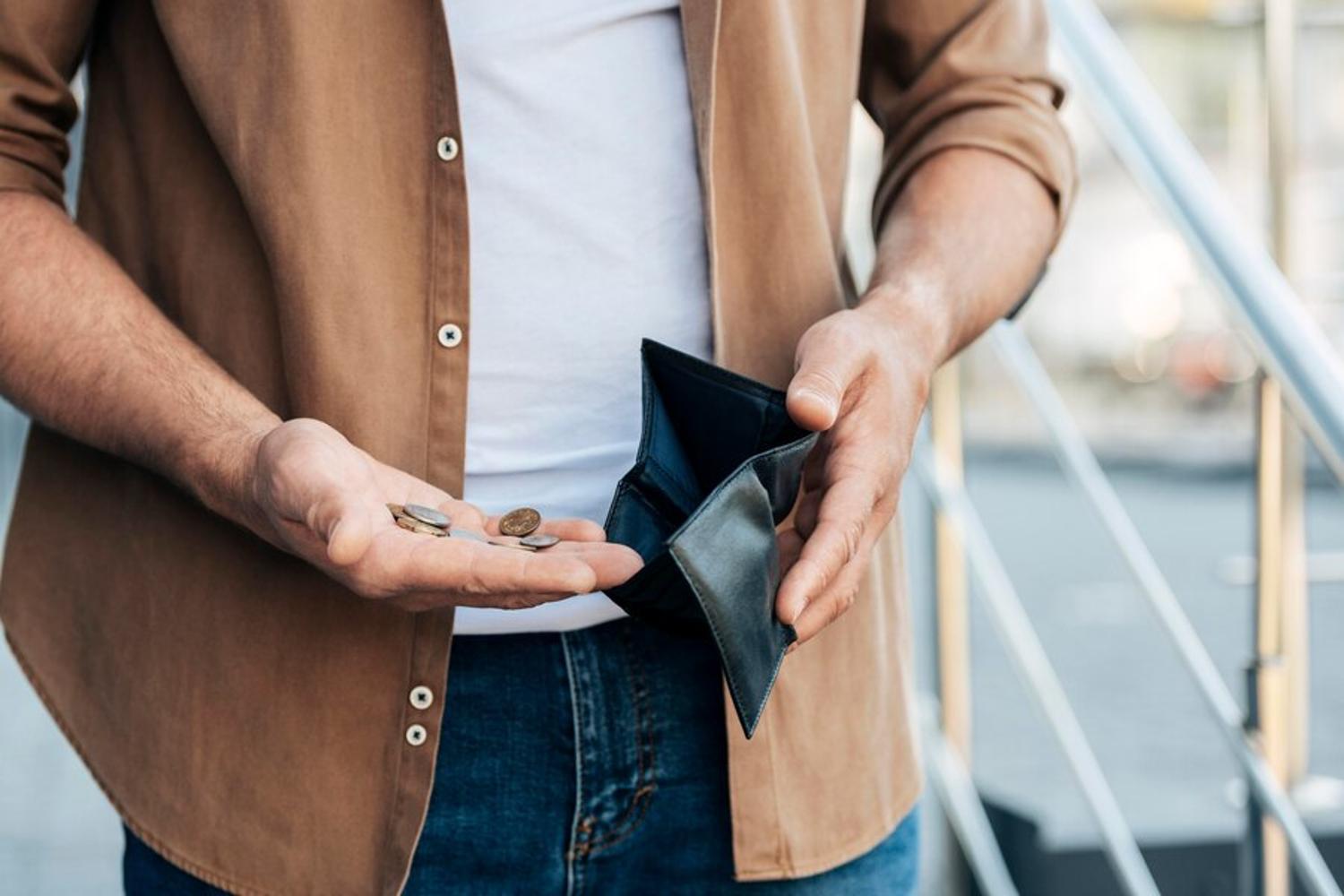
Tipping on multiple small daily purchases can add to financial ruin for some people.
The monetary impact of frequent and high tips has left many people reworking their monthly budgets. The strain is also felt heavily during the holiday season, when the sense of guilt to be generous is highest.
Sneaky Fees Are Also Driving Consumer Frustrations

It isn’t just the added tip causing customers to grow weary of interacting with service employees. Many businesses have tacked on sneaky service fees to pay for business expenses. Things like processing fees for delivery or take-out fees for a to-go meal have caused many people to stop ordering altogether.
Recently, the minimum wage increased for app-based delivery drivers in Seattle. Instead of using business income to pay for the increase, Doordash passed on the increase to customers by increasing fees.
Added Fees Have Many Many Customers Stop Buying
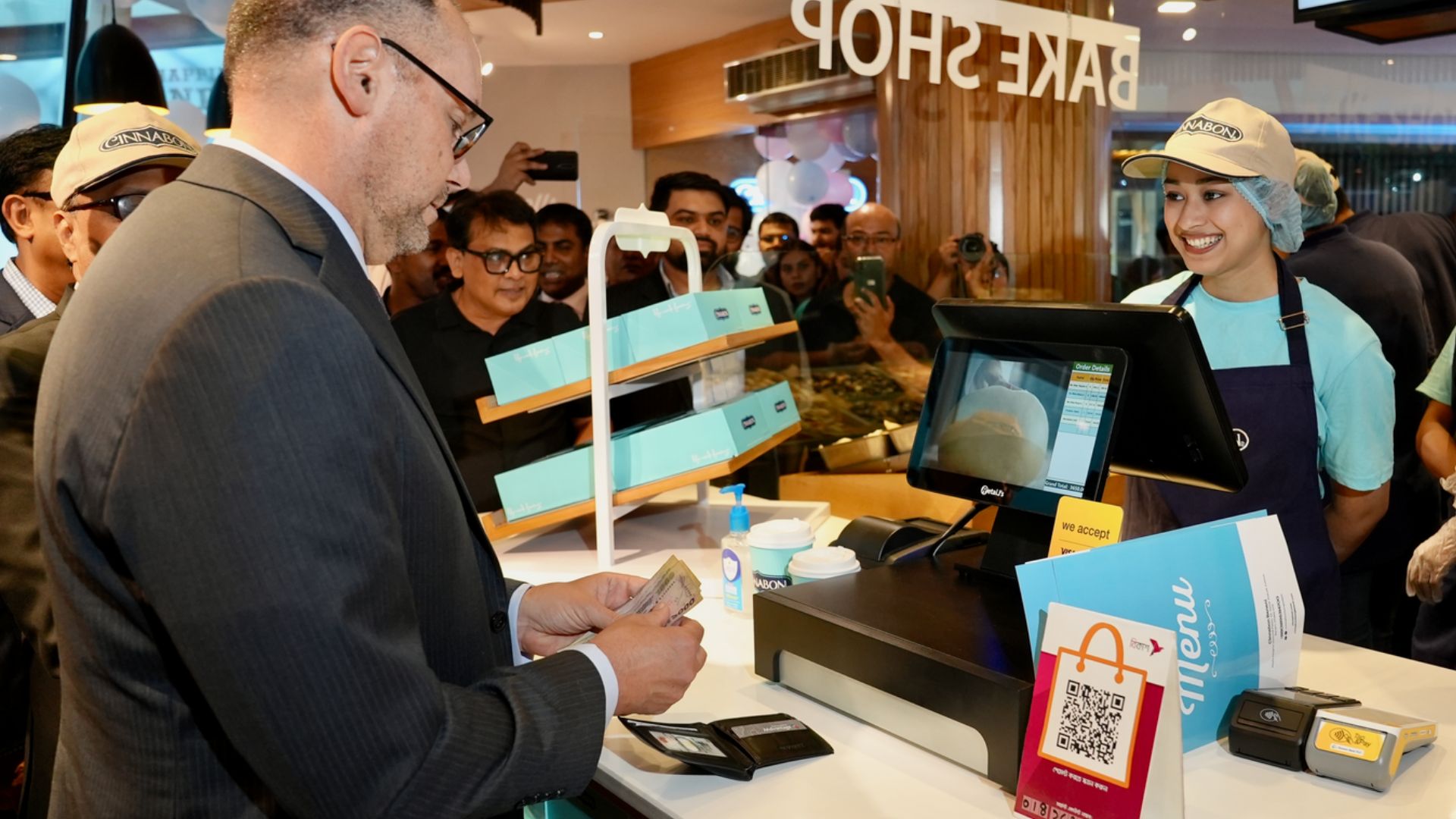
Ticket fees, processing fees, delivery fees, and charges for take-out bags have caused many people to throw their hands up at the whole thing.
The fatigue felt when paying is more than many people can handle. The result has forced many people to be very weary of where they shop and conscious of what services really deserve a tip.
Practical Tips for Tipping Etiquette
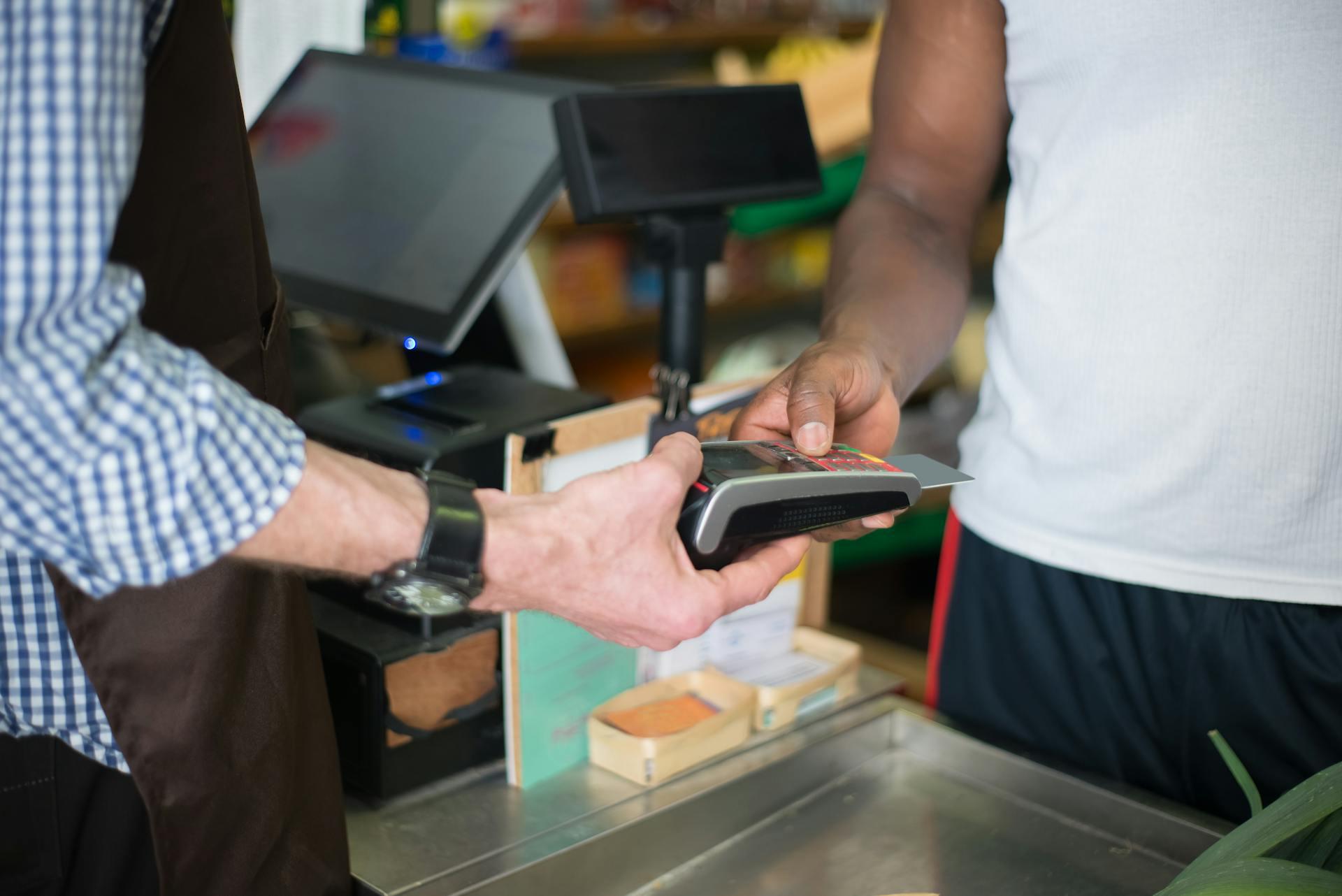
Instead of being shocked when a stand-up restaurant asks for a tip, avoid them completely. A server certainly deserves a tip for great service, but going up to order your own food puts the onus on yourself to get the job done. Either don’t tip when no service is being provided or forgo visiting them.
You can also carry cash around for small purchases like drive-thrus and coffee. Instead of having that annoying iPad swing around, you can pay and leave.
Support Fair Wage Initiatives
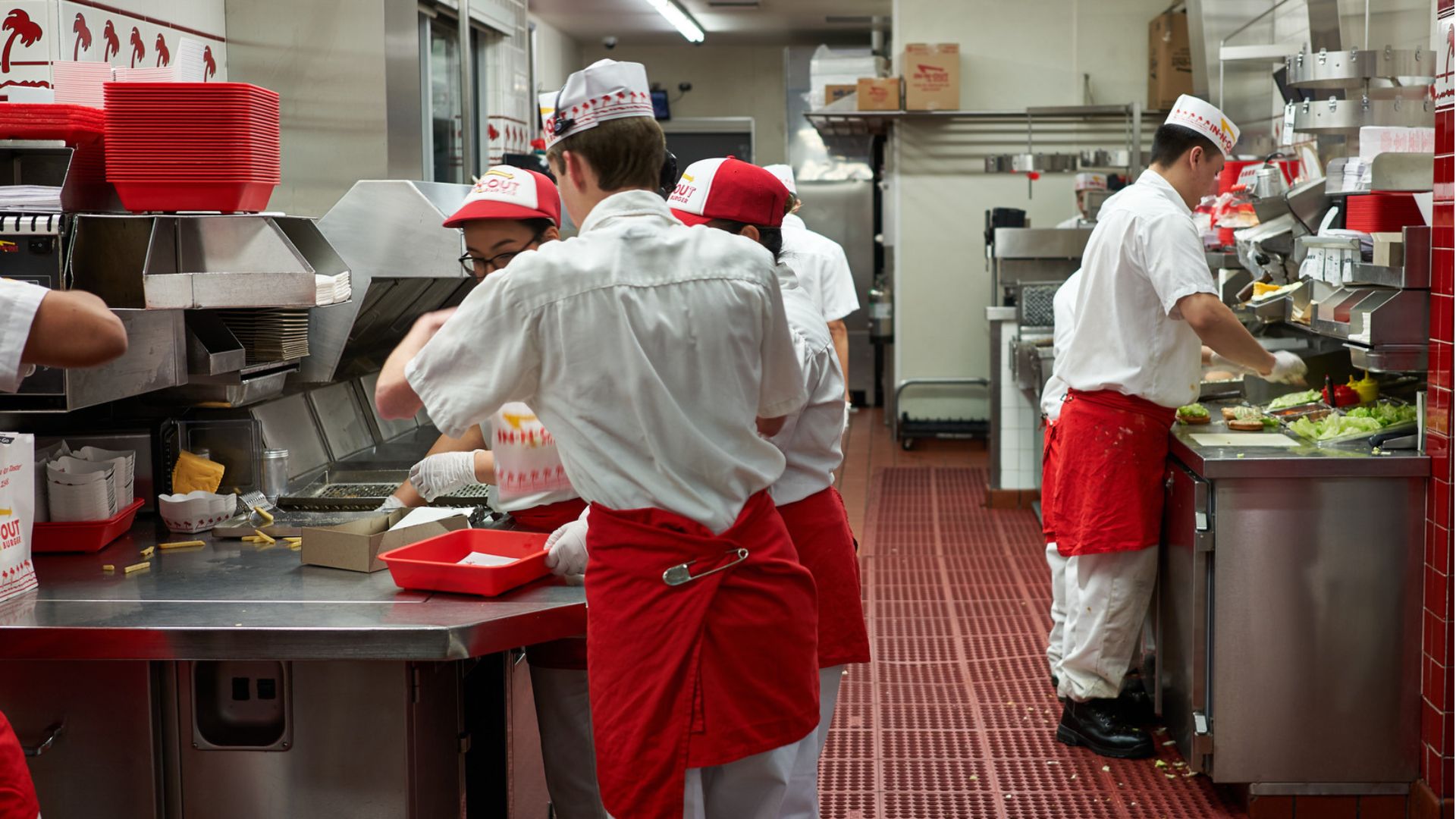
One way to enact change on a higher level is to advocate for higher wages and unions. There is a growing movement in the large Toronto culinary scene to pay servers and bartenders a fair wage and not allow customers to tip at all.
The outcome has resulted in employees enjoying better job security and customers feeling like they get what they pay for and aren’t extorted emotionally for a tip.








































